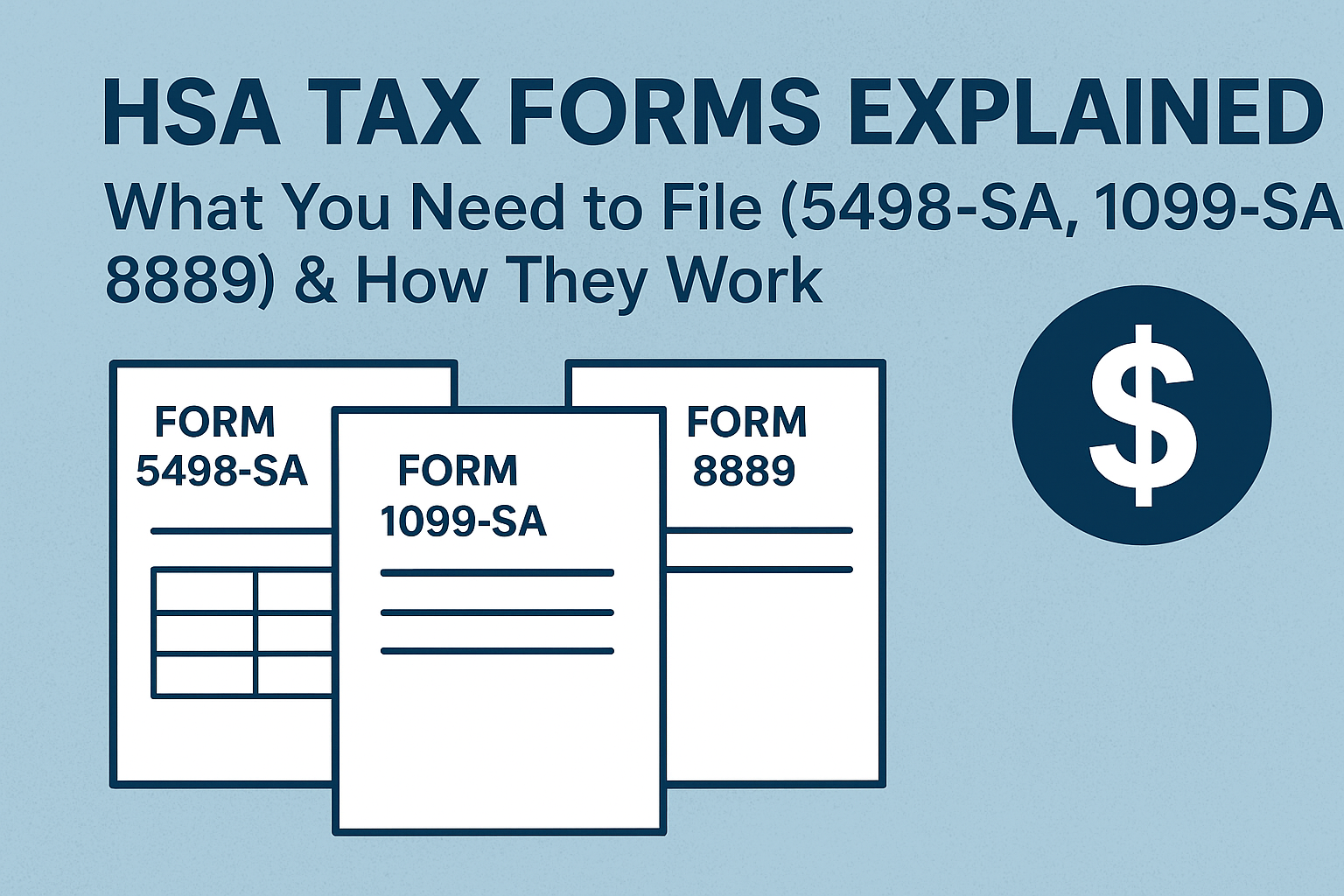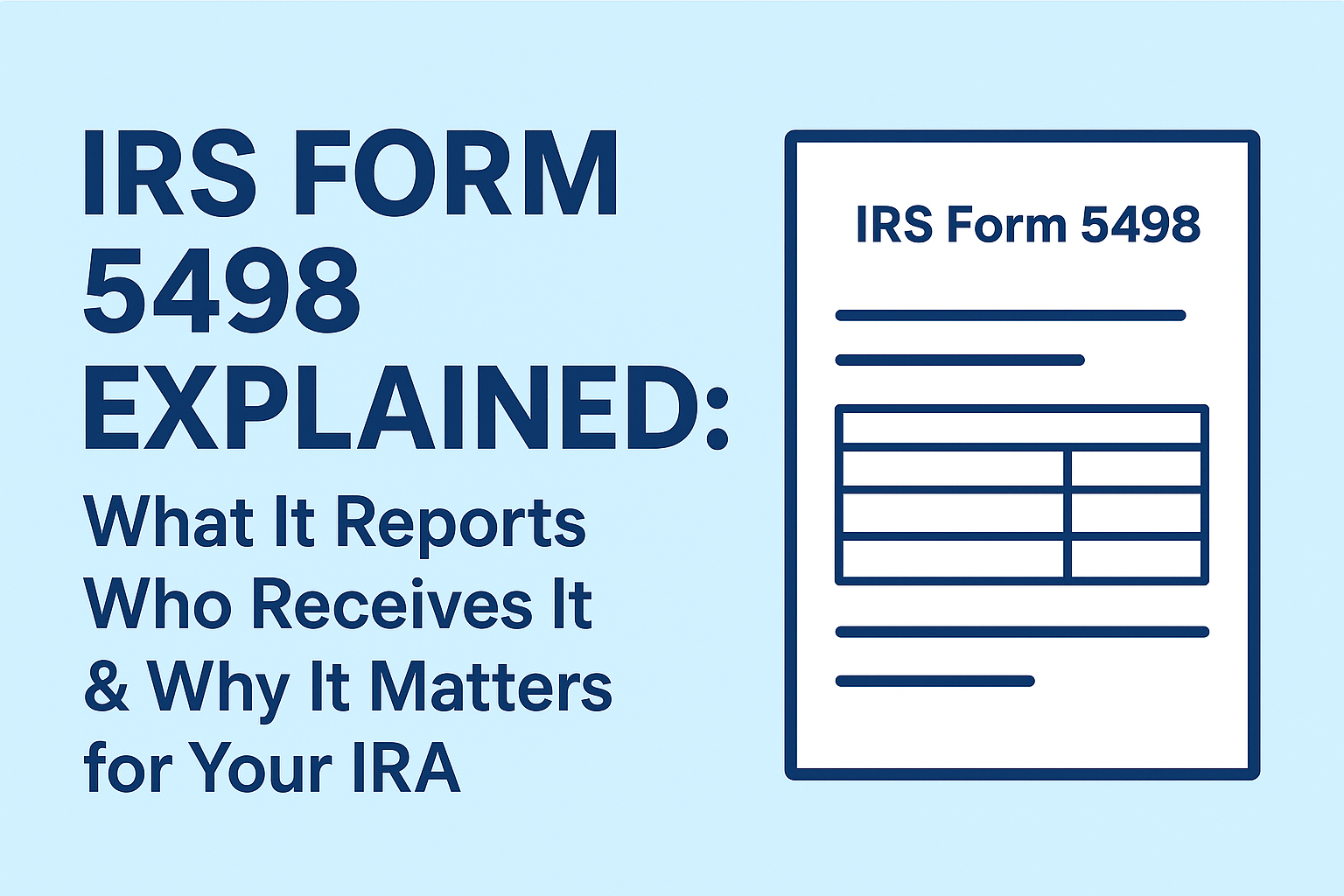
Businesses rarely operate as stand-alone entities today. Many companies grow by acquiring or establishing subsidiaries, building a group structure where different entities serve different functions. While this is good for business strategy, it can become a nightmare when it comes to tax compliance. Each subsidiary might generate profits or losses, acquire or dispose of assets, or engage in internal transactions that complicate reporting. The result is often duplication of paperwork, inefficiencies, and, in some cases, unfair taxation.
This is where the Tax Consolidation Act plays a vital role. Introduced in Australia in 2002 and mirrored by similar frameworks in other jurisdictions, the Act allows a group of companies under common ownership to be treated as a single taxpayer for income tax purposes. Instead of each company lodging its own tax return and calculating liabilities separately, the group consolidates into one entity for tax reporting.
The purpose of this blog is to explain what the Tax Consolidation Act is, how it works, the advantages and disadvantages it offers, and why it continues to matter for businesses today.
Before the introduction of the Tax Consolidation Act, each company in a corporate group was taxed separately, even if they were wholly owned subsidiaries of a parent company. This created numerous inefficiencies. For instance, if one subsidiary generated a profit while another made a loss, the loss could not be directly used to offset the profit. Internal transfers of assets between subsidiaries could also trigger unnecessary tax consequences, such as capital gains tax, even though the group as a whole hadn’t realized any external gain.
The Tax Consolidation Act was designed to eliminate these inefficiencies. Its primary goals were to simplify the tax system for corporate groups, ensure tax neutrality, and make the system fairer by reflecting the true economic position of the group as a whole. The Act created a framework where companies in a wholly owned group could elect to consolidate and be taxed as if they were one single entity.
The Act applies a concept known as the single entity rule. Once a group consolidates, subsidiaries are treated as parts of the head company for tax purposes, even though they remain separate legal entities for corporate law purposes. This means that intra-group transactions are ignored for tax purposes, losses can be shared across the group, and tax obligations are handled centrally by the head company.
To consolidate, a group must have an eligible head company, which is usually the Australian-resident parent. The subsidiaries must be wholly owned, either directly or indirectly. Once the election to consolidate is made, it is permanent. From that point forward, the head company lodges a single income tax return on behalf of the entire group.
Losses within the group are pooled together, meaning that losses incurred by one subsidiary can reduce the taxable income of another. This provides significant relief for businesses that have both profitable and loss-making entities under the same umbrella. Additionally, when assets are transferred between subsidiaries, the transfer is ignored for tax purposes, so no unnecessary capital gains or other liabilities arise.
Imagine a group with one head company and three subsidiaries. Subsidiary A generates a taxable profit of $4 million, Subsidiary B incurs a loss of $2 million, and Subsidiary C earns a profit of $1 million. Without consolidation, Subsidiary A and C would pay tax on their profits, while Subsidiary B’s loss could not be used until it generated future profits. This creates inefficiency, as the group overall may be paying more tax than its true economic position would justify.
With consolidation, however, the losses of Subsidiary B can offset the profits of A and C. The group’s taxable income becomes $3 million ($4 million profit + $1 million profit – $2 million loss). Instead of three separate tax returns and three separate tax liabilities, there is one return and one overall tax position. This makes the group’s tax more reflective of its real financial outcome and reduces the amount of tax payable.
The Tax Consolidation Act offers multiple benefits to corporate groups. The first and most obvious is simplified compliance. Instead of filing multiple tax returns, the group files just one, with the head company responsible for reporting and payment. This saves time, reduces paperwork, and streamlines communication with tax authorities.
Another significant benefit is efficient use of losses. In traditional separate-company taxation, a subsidiary’s losses might remain trapped within that company, unable to benefit the group as a whole. Under consolidation, losses can be pooled and used against group-wide profits, reducing taxable income and improving cash flow.
The Act also provides rollover relief for internal transfers. When assets are moved between subsidiaries within the group, such transfers are ignored for tax purposes. Without consolidation, these movements might trigger capital gains tax or other liabilities, even though the assets remain within the same economic group.
Finally, consolidation provides greater certainty and neutrality. Businesses can restructure, merge, or divest subsidiaries with clearer rules about tax implications. Tax outcomes become less dependent on technicalities of corporate structure and more reflective of the group’s real economic position.
While the Tax Consolidation Act delivers clear advantages, it is not without drawbacks. The most significant challenge is that the decision to consolidate is permanent. Once a group elects to consolidate, it cannot opt out. This means businesses must think carefully about whether consolidation is the right long-term choice for their circumstances.
Another issue is complexity in application. While consolidation reduces compliance at a group level, the rules for calculating tax cost bases of assets, transferring losses, and applying entry or exit rules can be intricate. When a subsidiary enters or leaves a group, the Act requires adjustments to be made to ensure that tax positions are fair and accurate. These adjustments are highly technical and typically require the expertise of tax professionals.
There is also the consideration of exit events. If a subsidiary leaves a consolidated group, the assets it takes with it need to have their tax cost bases recalculated. This can create unexpected outcomes for businesses that restructure frequently.
Finally, the Act may not be as beneficial for smaller businesses. For a simple corporate structure with only one or two subsidiaries, the compliance savings and tax efficiencies may not outweigh the complexities involved in applying the regime.
The relevance of the Tax Consolidation Act has only grown in today’s business environment. Modern businesses operate across multiple sectors, geographies, and structures. Groups are constantly restructuring, merging, acquiring, or spinning off subsidiaries. Without a consolidation regime, tax compliance would be unmanageable for many of these companies.
By simplifying compliance, improving tax efficiency, and allowing losses to be used where they are most needed, the Act supports business growth and stability. It also enhances fairness in the tax system by ensuring that internal group transactions do not generate artificial tax outcomes.
Moreover, the Act encourages investment. By reducing the tax friction involved in acquisitions or restructures, businesses are more willing to engage in transactions that foster growth. This has a positive impact not only on corporate performance but also on the wider economy.
The Tax Consolidation Act represents one of the most important reforms in corporate taxation. By treating groups of companies as a single entity, it brings efficiency, fairness, and certainty to the tax system. It allows businesses to use their resources more effectively, reduce compliance burdens, and focus on growth rather than paperwork. Companies that also leverage offshore bookkeeping services can further streamline their financial management, ensuring accurate reporting across multiple entities while taking advantage of the Act’s consolidation benefits.
At the same time, the Act is not without challenges. Its permanent nature, complex technical rules, and impact on group restructures mean that businesses must tread carefully before making the election. For some, especially smaller groups, the benefits may not justify the costs.
Nevertheless, for medium and large corporate groups, the Tax Consolidation Act is often a game-changer. It matters because it ensures the tax system reflects the way businesses actually operate today flexible, interconnected, and dynamic.
1. What exactly is the Tax Consolidation Act?
The Tax Consolidation Act is legislation that allows a corporate group to be treated as a single taxpayer for income tax purposes. Instead of each subsidiary filing its own return, the parent company lodges a single consolidated return.
2. Why was it introduced?
It was introduced to simplify corporate tax, reduce duplication, allow for efficient use of losses, and prevent unfair tax consequences from internal group transactions.
3. Who can consolidate under the Act?
Only wholly owned groups with an eligible Australian-resident head company can consolidate. Subsidiaries must be directly or indirectly 100% owned by the parent.
4. Is consolidation optional or mandatory?
It is optional. However, once a group elects to consolidate, the decision is permanent.
5. What is the single entity rule?
The single entity rule treats subsidiaries as part of the head company for tax purposes. Transactions between subsidiaries are ignored when calculating taxable income.
6. Does consolidation affect other taxes like GST or payroll tax?
No. The Tax Consolidation Act only applies to income tax. Other taxes such as GST, payroll tax, and stamp duty are handled separately.
7. What happens if a subsidiary leaves a group?
Special exit rules apply to recalculate the tax cost bases of assets leaving the group. This ensures fairness and prevents manipulation of tax outcomes.
8. Is it always beneficial to consolidate?
Not always. Large and complex groups typically benefit the most. Small businesses with only one or two entities may find that the complexity outweighs the advantages.
9. How are losses handled under the Act?
Losses incurred by one subsidiary can be offset against the profits of others, provided certain integrity rules are satisfied. This ensures losses are not duplicated or misused.
10. Do businesses need professional advice before consolidating?
Yes. The rules are complex, especially regarding asset cost bases, entry and exit rules, and loss utilization. Most businesses require specialist tax advice before making the election.





